From the cuffs of coats to children’s shoes, Velcro has made our lives easier but it has existed in nature longer than we can imagine. Anyone who has encountered burs, cockleburs or nutlets (seeds from hound’s-tongue) knows how well they cling to clothing, especially wool or fleece.
Burdock burs entangled in his dog’s fur inspired Swiss engineer George de Mestral to develop Velcro, which was first called sticky sticks. The tiny hooks on the end of the burs enabled the seeds to stick to almost anything that brushed against it, including sheeps fleece, animal fur, bird feathers and clothing. The short, barbed prickles on the nutlets of hound’s-tongue (also referred to as “stick tights”) do the same.
When they cling to our pants, mittens or shoelaces, we pick them off when we notice them, depositing them far from the plant–exactly the plant’s goal. While other plants depend on wind, water or ingestion to disperse their seeds, these plants, along with others, depend on attaching to an animal to be dispersed.
This dispersal method has allowed both burdock and hound’s-tongue to spread across North America after being introduced from Eurasia and Europe, respectively. Not having any natural enemies allows for uninhibited expansion.
Hound’s-tongue goes as far as being toxic enough to cause irreversible liver damage if a large quantity of fresh or dried plant matter is consumed. Hound’s-tongue in cattle pasture is a problem with nutlets clinging to cattle’s hair and the potential of ingestion.
The longevity of the seeds also helps in dispersal. Hound’s-tongue nutlets are viable for up to three years on the plant and one year if buried. The nutlets can stay on the plant for many years because the plant is a biennial. The first year a low-growing rosette forms and in the second year the plant grows up to two feet high, produces seed and dies. The rough-textured, tongue-shaped leaves on the plant inspired its name.
Cockleburs seeds can be buried for 16 years and still have a 15 percent germination rate after being recovered to the surface. A unique germination strategy allows for this longevity. Each bur contains two seeds and one of those seeds will germinate under normal conditions. The second seed has a special seed coat that prevents the uptake of oxygen which is needed to break down the germination inhibitor. Only after the seed coat is punctured, removed or decayed, will the second seed germinate.
Common burdock burs are viable for up to four years. The differences between common burdock and cockleburs is that cockleburs have heart-shaped leaves and smaller, egg-shaped seed heads, whereas common burdock leaves are similar to rhubarb and have rounder seed heads.
Cockleburs, burs and nutlets are hardy seeds that can easily become established in disturbed soil, such as trails and roadsides. To minimize the continued invasion of these plants, don’t pick off the Velcro-inspiring seeds and drop them anywhere. Instead, the best way to dispose of the seeds is to burn them or place them in the garbage destined for the landfill.

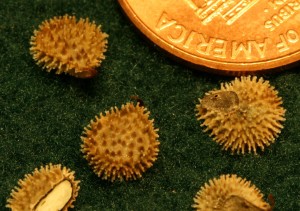
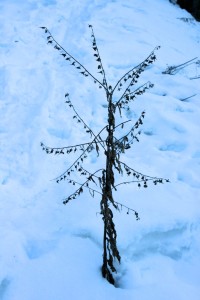
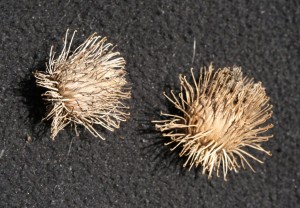
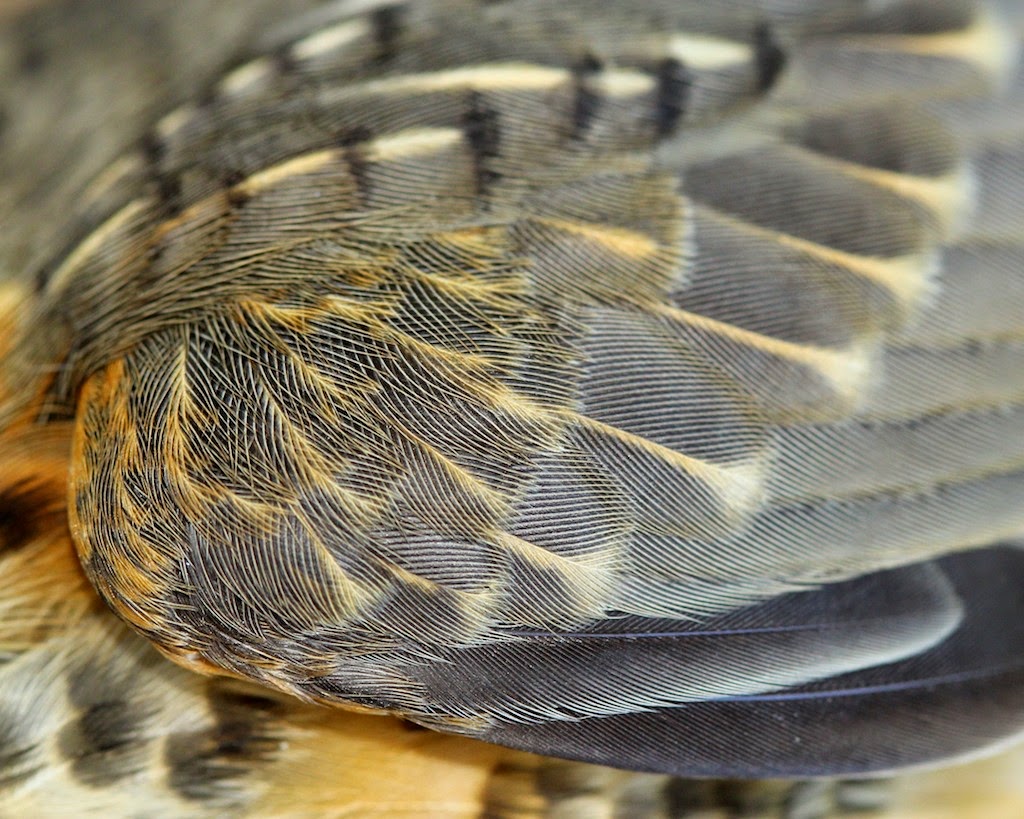
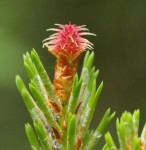
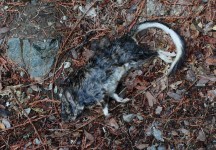
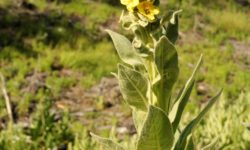
I like what you guys are up too. Such intelligent work and reporting! Carry on the excellent works guys I have incorporated you guys to my blogroll. I think it’ll improve the value of my web site :).
Just saying it is not sheeP’S (sheep is ) it is supposed to be sheeps